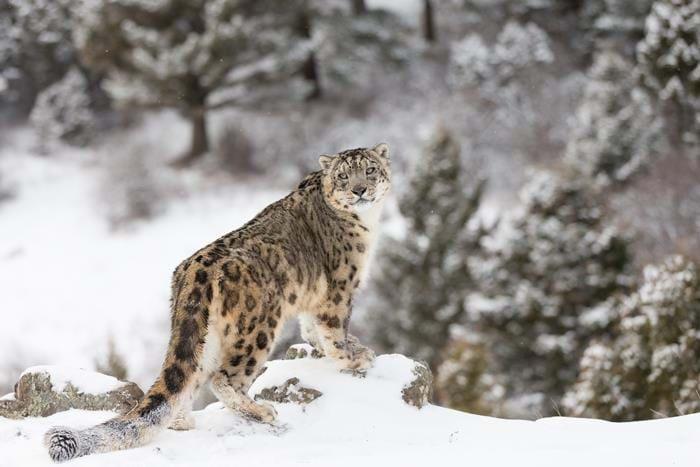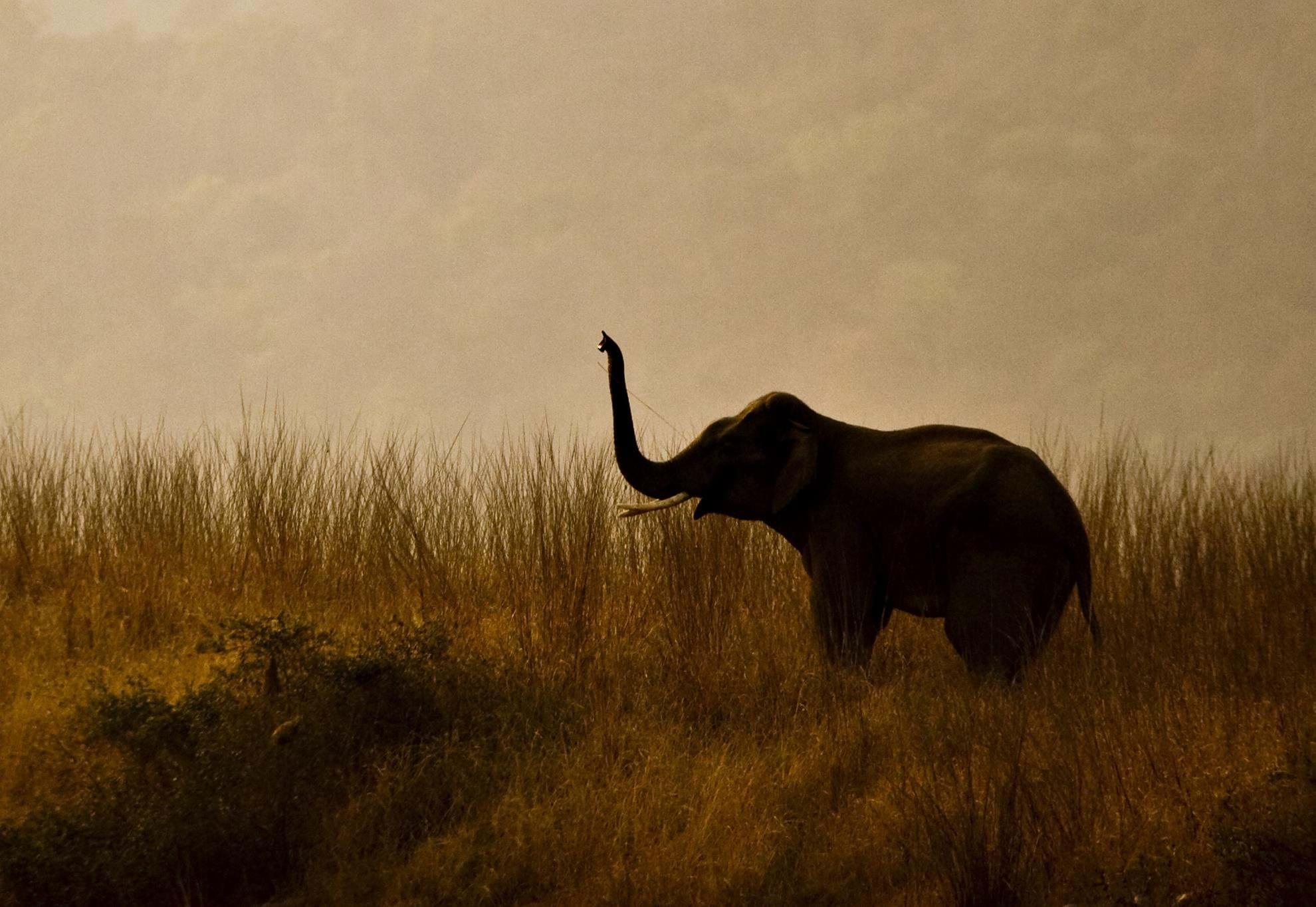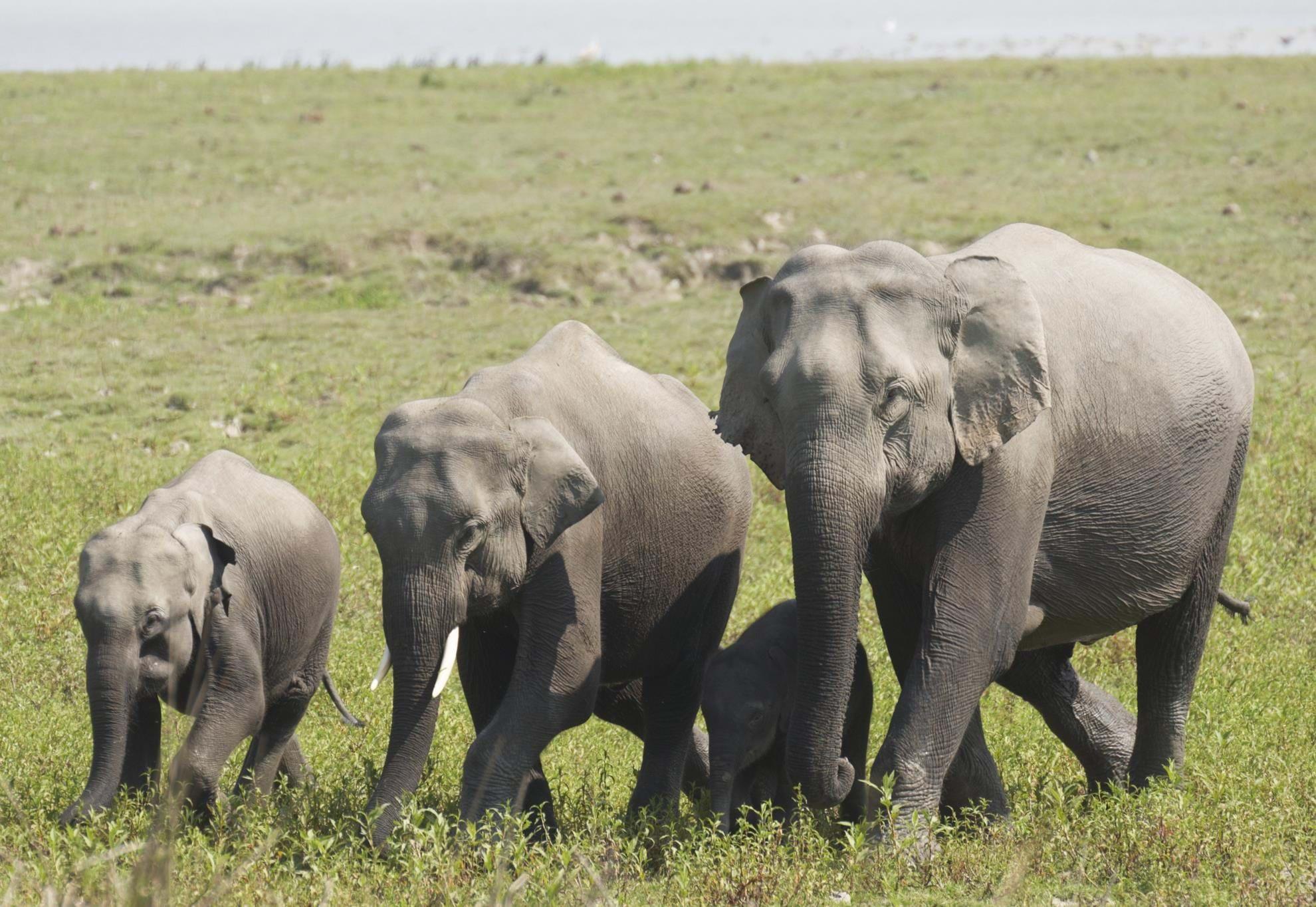Nepal 12.02.2015 Updated: Anthony Ryan
India and Nepal are among Asia's most popular locations for wildlife and nature spots, but what are the differences between the two countries?
Many travellers will try to fit in both nations on their schedules but for those forced to make a choice between the two, it can be very difficult to decide. Both countries provide a wonderful wildlife spotting experience, but let's take a look at how they differ to help you pick where to book your trip.
India
India has always been towards the top of any travellers wish-list of must-see destinations. Away from the bustle of the city, India has some of the most extraordinary wildlife and nature of anywhere in the world and visiting is certainly a once-in-a-lifetime type of experience.
Spotting a tiger in the wild is often the main goal for people on nature tours in India and although there are never any guarantees, heading to the country between October and April is the best time to maximise your chance of seeing one of these wonderful creatures in their natural habitat.
The Indian climate is much cooler at this time of the year, making game drives more comfortable. The levels of heat in India can get extremely high during the summer, so it is recommended to plan a trip during the winter instead.
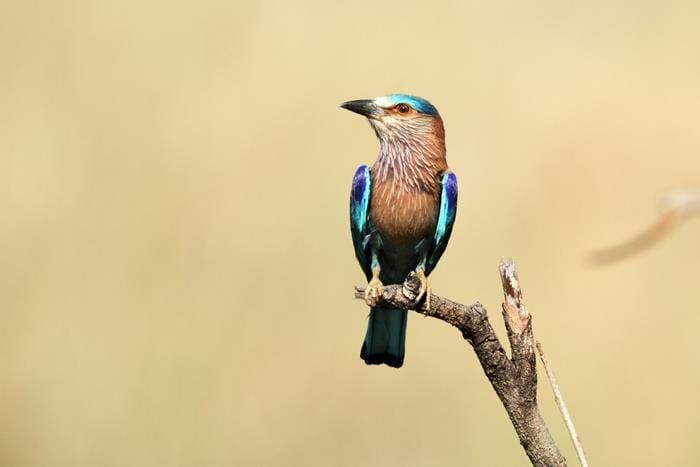
Tiger-spotting
October to the end of December is when India's parks become lush and green, which can make it more challenging to spot a tiger in the wild. However, the birdlife at this time of the year is second-to-none, so if this is the kind of nature that interests you the most, book between these months rather than later on. Scavenging birds like crows and vultures are always worth looking out for as they will usually indicate there has been a kill nearby, usually a sign there is a large predator close.
February, March and April are typically described as the best times of the year for tiger-spotting in India, although the temperatures do start to rise rapidly so it's vital to find the right balance. Wildlife gets easier to spot as the weather gets warmer as the water dries up as animals will gravitate towards the few remaining waterholes.
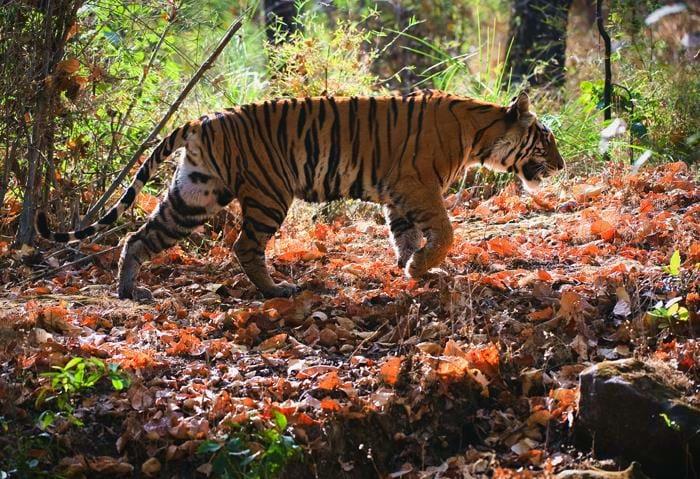
Nepal
The Royal Bengal tiger is one of the hardest animals in the world to spot, but Nepal is probably the best place on the planet to strike lucky. Across the Terai it is also possible to see a spotted leopard in the wild during a nature tour of Nepal. Most leopard spottings are when the big cats are climbing trees.
While a lot of India's nature tourism centres on the tiger alone, Nepal has a very diverse ecosystem that means it is home to a vast array of different animals. One of the most commonly spotted animals on a tour of Nepal is the greater one-horned rhino, which can typically be seen during an elephant ride. It is also possible to try to track a rhino in the wild during a Nepal nature trip, but this is only for the brave.
Bardia National Park is one of the top sites in Nepal for travellers and it's no wonder as the location is home to wild elephants that can usually be sighted along the banks of the Karnali River. Even if you're in bad luck, the park has domestic elephants that can be washed in the river at Chitwan too.
Buffalo are the last of the big five and Nepal is a great place to spot them in the wild too. The Koshi Tappu Wildlife Reserve in eastern Terai is one of the best spots to see them.
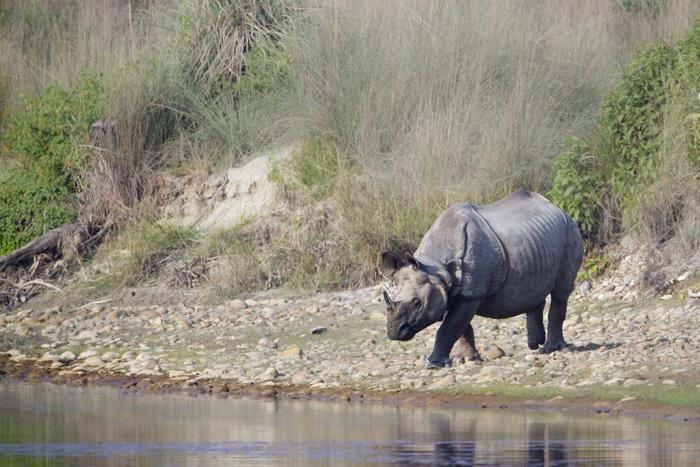
Himalayas
While a lot of Nepalese nature tours will concentrate on the jungle, heading for the Himalayas can also be a good idea for those looking to sight rare animals during their trek. The snow leopard is extremely hard to spot anywhere but Nepal is among the locations where you have the best chance, while the foothills of eastern Nepal are where you might get the opportunity to see red pandas.
Choosing between Nepal and India for your nature spotting tour is very difficult. It's best to decide what sort of trip you are hoping for and then make your decision on those grounds.
